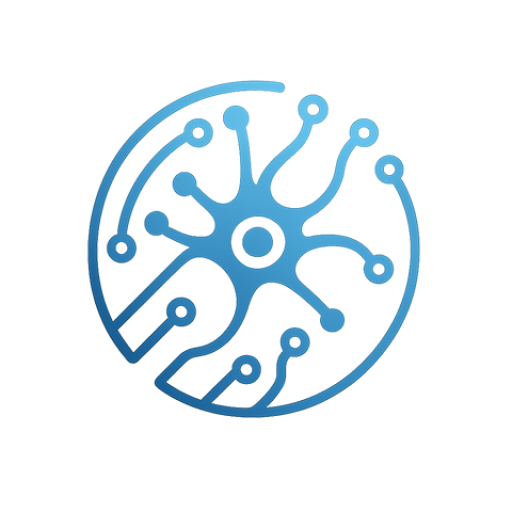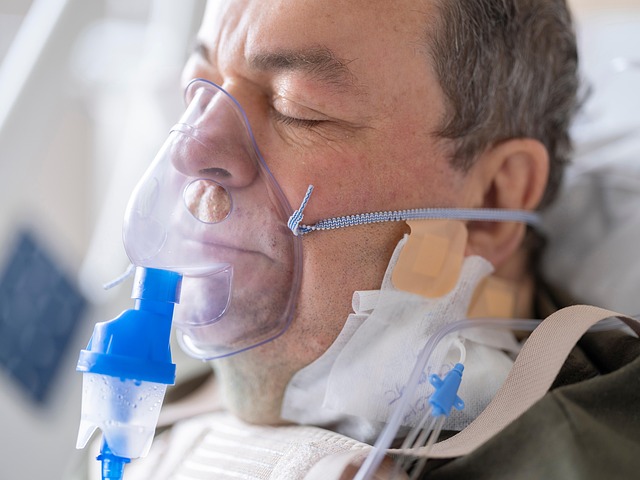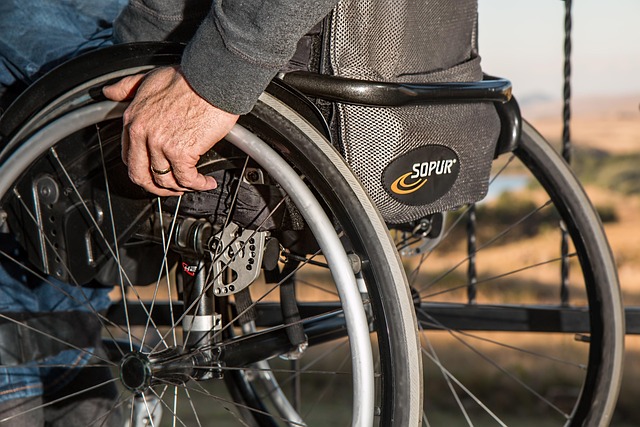In the evolving landscape of wearable technology, a new class of devices has emerged that shifts the focus from external activity tracking to internal physiological monitoring. At the heart of this shift lies the breathing monitor, an unobtrusive sensor that continuously captures the rhythm, depth, and quality of a person’s respiration. By converting these raw signals into actionable health insights, the breathing monitor is poised to transform early detection of conditions ranging from asthma to sleep apnea, and even subtle markers of mental stress.
How a Breathing Monitor Works
The core of any breathing monitor is a suite of sensors that measure the mechanical and electrical changes associated with breathing. Three primary modalities dominate the current market:
- Respiratory Inductance Plethysmography (RIP): Strain gauges placed around the chest or abdomen detect subtle expansions and contractions during breathing cycles.
- Capnography: An infrared sensor measures the concentration of carbon dioxide in exhaled breath, offering a direct indicator of ventilation efficiency.
- Accelerometry: A lightweight inertial measurement unit (IMU) captures motion signatures that correlate with breathing patterns, especially useful when combined with machine learning algorithms.
Modern breathing monitors fuse these modalities into a single, compact module that can be worn on the wrist, chest, or even as a clip on clothing. The integration of ultra‑low power microcontrollers and advanced signal processing pipelines ensures that continuous, high‑resolution data streams are captured without compromising battery life.
From Raw Data to Meaningful Insights
Capturing data is only the first step. The real power of a breathing monitor comes from its ability to translate raw sensor outputs into clinically relevant metrics. The process unfolds in several layers:
- Signal Conditioning: Analog front‑end circuits filter out noise and compensate for temperature drift, ensuring that the signal accurately reflects physiological changes.
- Feature Extraction: Algorithms isolate key parameters such as breathing rate, tidal volume, inspiratory/expiratory ratio, and minute ventilation.
- Pattern Recognition: Machine learning models classify breathing patterns into categories—normal, obstructive, restrictive, or irregular—by comparing them against a library of annotated datasets.
- Clinical Interpretation: Decision support modules flag deviations that may indicate the onset of conditions like obstructive sleep apnea, exercise-induced bronchoconstriction, or even early signs of heart failure.
Because the breathing monitor is continuously sampling, it can detect transient events that traditional intermittent testing might miss. For instance, a brief episode of shallow breathing during a morning commute could be the first sign of a developing airway problem.
Case Study: Early Detection of Sleep Apnea
Sleep apnea is characterized by repeated pauses in breathing during sleep, often unnoticed by patients until severe symptoms manifest. Traditional polysomnography, while definitive, is costly and inconvenient. A breathing monitor worn during sleep can provide overnight data on apnea events by detecting abrupt cessations in respiration combined with oxygen desaturation spikes.
“In a cohort of 200 participants, the breathing monitor achieved a sensitivity of 92% and specificity of 88% in detecting obstructive sleep apnea compared with overnight polysomnography,” says Dr. Elena Martinez, a pulmonologist at the University Health Network.
These results demonstrate that breathing monitors can serve as a first‑line screening tool, directing patients to appropriate care pathways earlier in the disease trajectory.
User Experience: Design Matters
For a breathing monitor to gain widespread adoption, it must be comfortable, discreet, and user‑friendly. Engineers are focusing on several design pillars:
- Form Factor: Sleek, skin‑friendly bands that mimic fitness trackers reduce stigma and encourage consistent wear.
- Battery Longevity: Energy‑efficient sensors coupled with adaptive sampling schedules allow 48‑hour monitoring cycles on a single charge.
- Data Visualization: Companion apps provide intuitive dashboards that highlight trends and alerts without overwhelming users.
- Data Security: End‑to‑end encryption and compliance with HIPAA regulations ensure that sensitive physiological data remain protected.
These user‑centric features not only improve compliance but also foster trust, which is essential for devices that monitor intimate bodily functions.
Integration with Healthcare Systems
Beyond personal use, breathing monitors can be integrated into clinical workflows. Real‑time data feeds can alert clinicians to deteriorating patient status, allowing timely interventions. In remote monitoring programs, aggregated breathing metrics can inform telehealth visits and guide medication adjustments.
Beyond Respiratory Health: Broader Implications
While respiratory conditions remain the primary focus, the data captured by breathing monitors offers insights into other physiological domains:
- Cardiovascular Health: Heart rate variability often correlates with breathing patterns; irregular respiration can signal autonomic imbalance associated with hypertension.
- Mental Health: Breathlessness is a hallmark of anxiety and panic disorders; monitoring breathing can help detect stress episodes before they become debilitating.
- Physical Performance: Athletes can fine‑tune training loads by monitoring ventilation efficiency, reducing overtraining risk.
These cross‑modal applications underscore the versatility of the breathing monitor as a cornerstone of holistic health monitoring.
Challenges and Future Directions
Despite its promise, the breathing monitor field faces several hurdles that ongoing research seeks to overcome:
- Sensor Accuracy Across Populations: Variations in body composition, skin tone, and movement patterns can affect signal fidelity. Large, diverse datasets are needed to refine algorithms.
- Regulatory Pathways: Classifying breathing monitors as medical devices varies by jurisdiction; clear guidelines will accelerate market entry.
- Battery Life vs. Sampling Frequency: Balancing continuous monitoring with power constraints requires novel low‑power sensing technologies.
- Integration with Existing Wearables: Seamless data sharing between breathing monitors and other health trackers will provide a more comprehensive picture of well‑being.
Addressing these challenges will require collaboration across academia, industry, and regulatory bodies. The convergence of advances in flexible electronics, edge computing, and AI promises a future where the breathing monitor becomes a ubiquitous tool for preventative health care.
Conclusion
The breathing monitor exemplifies how a focused technological innovation can ripple across multiple domains of health care. By harnessing sophisticated sensors and intelligent data processing, these devices translate the simple act of breathing into a wealth of diagnostic information. As the technology matures, we anticipate that the breathing monitor will move from niche clinical settings to everyday use, enabling individuals and clinicians alike to catch early warning signs of disease, optimize treatment, and ultimately improve outcomes. The breath, long regarded as a basic life function, is now poised to become a powerful biomarker—captured, understood, and acted upon by the next generation of wearable technology.




